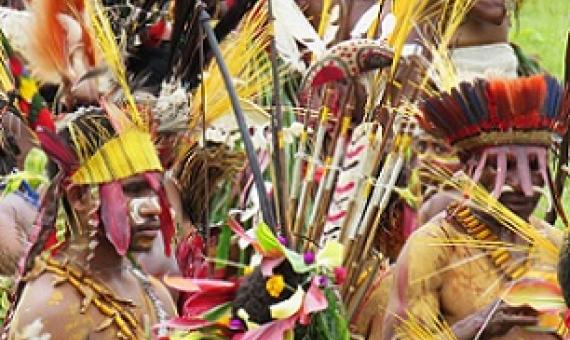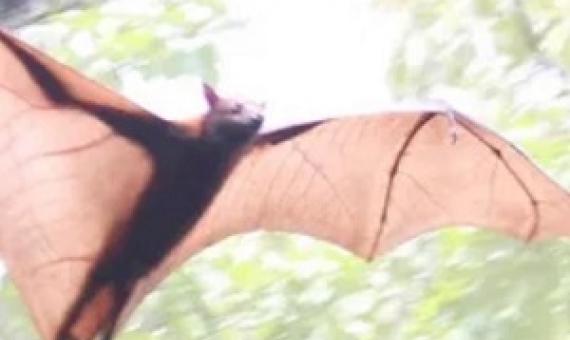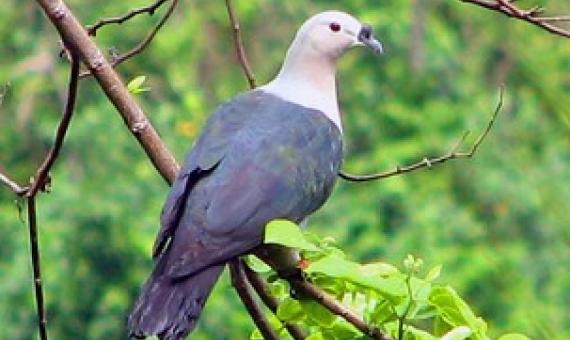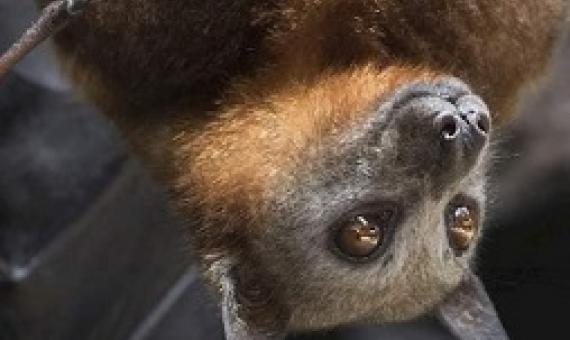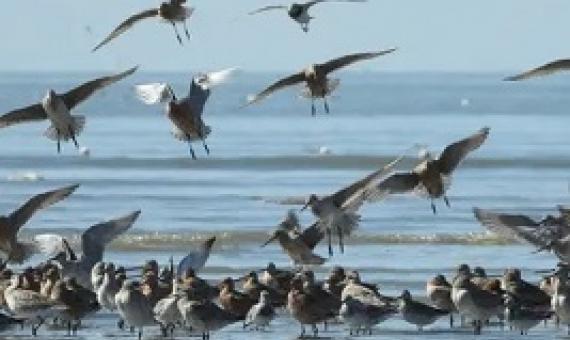For millennia, hunting has been a prestigious and traditional activity in many Papua New Guinean cultures.
Increasing demand for food and traditional medicines, multiplying local wars and conflicts, an expanding legal and illegal market trade have exacerbated the wildlife crisis in recent years, damaging ecosystems and driving many species to the verge of extinction.
The shooting season for Lupe – fruit pigeon and Peka – bats has now reopened.
The Ministry of Climate Change (MoCC) through the Department of Environmental Protection and Conservation (DEPC) is continuously receiving concerns that people are killing birds and flying foxes in the islands affected by Tropical Cyclone (TC) Harold...The Director General of MoCC, Esline Ga
More than 30 shorebird species that fly across oceans each year to visit Australia – including nine that are threatened – are being hunted during their long migrations, according to a study that analysed decades of records from 14 countries.
IUCN red list data for the Solomon Islands
Excel file with multiple worksheets and graphs summarising the status and threats to IUNC red-listed flora and fauna in the Solomon Islands. Accessed from IUCN red list October 2018.
PhD Thesis on Endemic Birds in Papua New Guinea’s Montane Forests: Human Use and Conservation.
Escalating anthropogenic impacts on tropical biodiversity have increased the vulnerability of endemic species. Selective harvesting of species is one of the major threats to birds and mammal species in the tropics. Many indigenous cultures, however, have long established cultural associations with certain species. The hunting and trade of species have been mainly for subsistence and socio-cultural ties within their communities.
The impact of hunting on tropical mammal and bird populations
Hunting is a major driver of biodiversity loss, but a systematic large-scale estimate of hunting-induced defaunation is lacking. We synthesized 176 studies to quantify huntinginduced declines of mammal and bird populations across the tropics. Bird and mammal abundances declined by 58% (25 – 76 %) and by 83% (72 – 90%) in hunted compared to unhunted areas. Bird and mammal populations were depleted within 7 and 40 km from hunters’ access points (roads and settlements). Additionally, hunting pressure was higher in areas with better accessibility to major towns where wild meat could be traded.
Hunting is a major driver of biodiversity loss... As the human population grows and increasingly encroaches on remaining wildlife habitat, hunting threatens many species... Bird and mammal populations were considerably lower in areas where hunting occurred.

